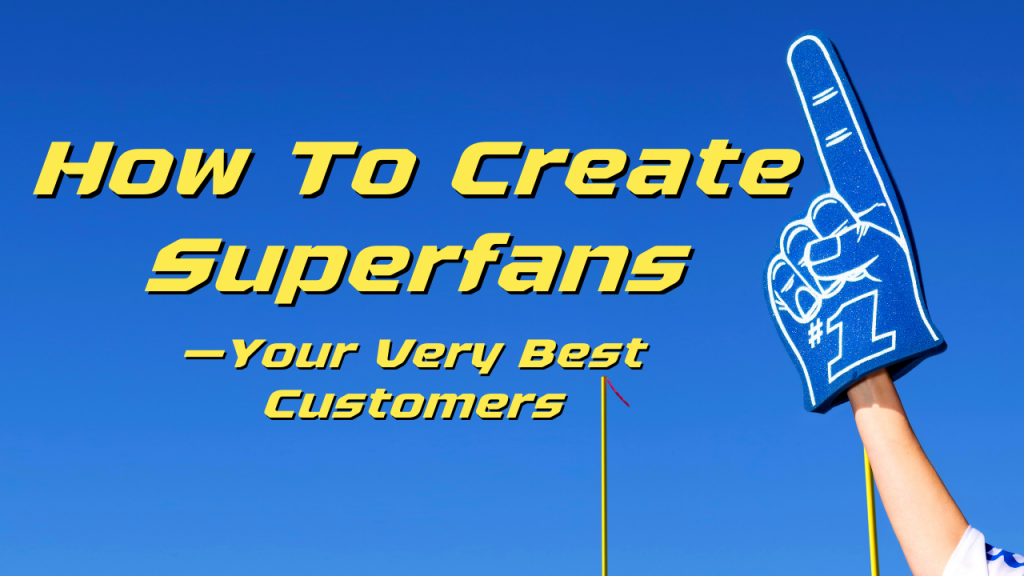
GUEST POST from Shep Hyken
Often, the best companies to do business with are the best companies to work for. When you look at the Google ratings for Round Room Holdings’ TCC and Wireless Zone, two Verizon Wireless retailers with approximately 1,200 retail stores throughout the U.S., you’ll find they are “hitting it out of the park” in both customer reviews and employee satisfaction. I had a chance to interview Chad Jensen, president of TCC and Wireless Zone since 2019, and he shed light on their incredible success, how they do it, and how any company can have similar results.
We can break down the company’s success into three areas: employees, customers, and community.
1. Employees: It all starts with the employees. Jensen’s company has a 90% employee satisfaction rating and 70% employee retention in a retail industry with annual employee turnover rates that are well over 100%. Why? Because Jensen made it abundantly clear that the company puts employees first. The best example of this came not even a year after he took over as president when he and the rest of the world faced the pandemic. His leadership style was immediately put to the test. He was adamant about taking care of the employees. First and foremost was safety, as well as a concern for mental health. And he was determined to keep people employed, saying, “Even if it meant we took a hit on our financials, we were okay with that.” He understood early on that the decisions they made would define how they came out of the pandemic. Employees knew the company had their backs. In exchange, they were confident, fulfilled, and engaged with their customers, ensuring they had an experience that would bring them back. Employee satisfaction is at 90%. As I’ve mentioned many times in my past articles, what’s happening inside an organization is felt by customers on the outside. Jensen’s strategy shows this concept can be tremendously successful.
2. Customers: A focus on the employee experience turns into a positive customer experience. The goal is to provide “the best customer service.” Being the best is a lofty goal. While it’s not a contest, the comment speaks to the commitment the retailer has to its customers. The numbers tell the story. The company’s Google score ranges from 4.7 to 4.9 out of five. Jensen beams with pride over the customer satisfaction numbers, as companies he admires, such as Disney and Chick-fil-A, don’t have numbers quite as high. Jensen said, “We checked, and Disneyland’s Google rating was a 4.5. We’re literally (making customers) happier than the ‘Happiest Place on Earth.’” While a high Google rating is validating, Jensen emphasizes it’s really about the experience that gets customers to come back.
3. Community: Jensen’s efforts to give back to the community create positive results on several levels. He explained, “The more we give back to our communities, the more presence we get, and the better employees we get.” Many companies have a purpose beyond profit. It’s typically a recognizable cause, such as sustainability, poverty, medical research, or other popular causes. Companies like Ace Hardware have raised more than $140 million for the Children’s Miracle Network Hospitals. Patagonia gives 1% of its sales to the preservation and restoration of the environment. TCC and Wireless Zone take a more grassroots approach and give back to the communities their stores serve. They sponsor community events, local pet shelters, food banks, school events, and more. They have given more than 1.3 million backpacks filled with school supplies to kids in their communities. While the corporate HQ is behind this “give back” program, it’s the employees who get the most joy out of being a part of it, once again creating a great employee experience.
By prioritizing the TCC and Wireless Zone employee experience, combined with efforts to create an amazing customer experience as well as support for the communities they serve, the result is a company with some of the lowest turnover in the retail industry, higher Google ratings than “The Happiest Place on Earth” and loyal customers who keep coming back. That’s what happens when you create a company that has what Jensen refers to as “a culture of good.”
Image Credits: Pixabay
This article originally appeared on Forbes.com
![]() Sign up here to join 17,000+ leaders getting Human-Centered Change & Innovation Weekly delivered to their inbox every week.
Sign up here to join 17,000+ leaders getting Human-Centered Change & Innovation Weekly delivered to their inbox every week.
